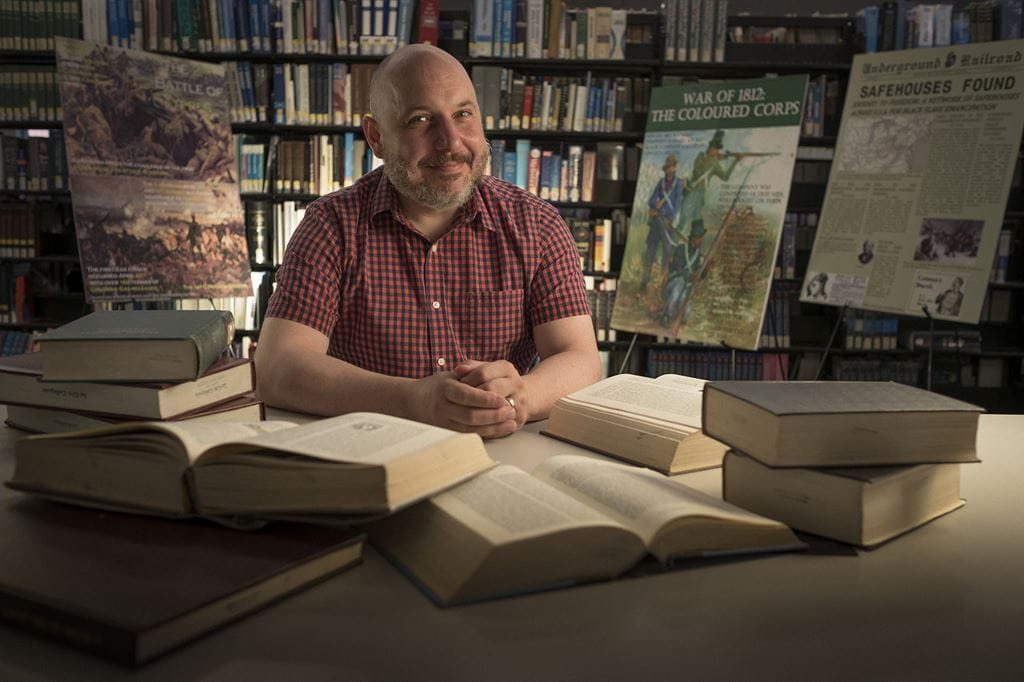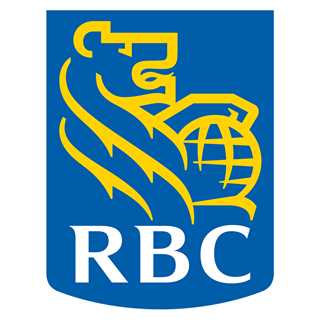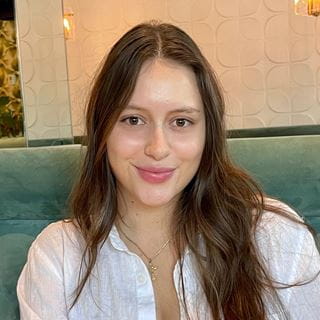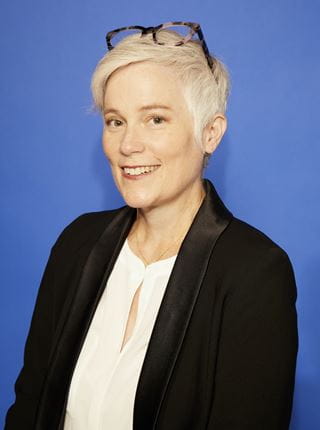
Conversations with the past
 by Carolina Salcedo – Jul 13, 2016
by Carolina Salcedo – Jul 13, 2016 Dr. Christian Knudsen knows that getting your hands dirty makes all the difference when studying history.
At Sheridan, Dr. Knudsen teaches general elective and degree breadth history courses in the Faculty of Humanities and Social Sciences – that is, his students come from all academic backgrounds and are not specifically history students. Every semester, he looks for opportunities to immerse them in the material in a meaningful way – one that helps them discover something new and curious about their community or challenges them to see aspects of their everyday environment from a new perspective.
“General education students tend to be very career-focused, but learning about history helps them become more well-rounded, and better understand the society in which they live,” Dr. Knudsen explains. “Knowing about history means the world around you suddenly becomes much more colourful.”
“Knowing about history means the world around you suddenly becomes much more colourful”
– Dr. Christian Knudsen
His approach draws from his own experience as a student in a general elective history course while completing his BFA in film production at York University, and the compelling way his professor brought the material to life. While he always had an interest in history, that course planted the seed for a love of history that would later inspire Knudsen to make a career shift, and pursue a PhD in medieval studies at the University of Toronto.
Since joining Sheridan in 2014, he has taught Canadian history, Early Modern European history, Modern European history, Humanities and Western Civilization.
Dr. Knudsen infuses his history classes with experiential learning whenever possible. His courses often involve primary source analysis, where students critically evaluate photos, documents, or artifacts from the past to form their own conclusions.
“If the end goal is to have a discussion about the evolution of women’s rights and roles in society over the past 100 years, for example, then we might begin by looking at photographs of busy street scenes from the early 1900s and analyzing them,” he says. “We’ll look at all aspects of the photograph, and eventually the students will notice that there are very few women in the scene. That leads to a discussion about how different Western society was for women at that time. It’s so much more meaningful when they reach these realizations on their own.”
In another exercise, Dr. Knudsen challenges students to look at a painting of the shore of Lake Ontario within the City of York in 1803, and then identify the same spot in a Google map of downtown Toronto today. To complete the challenge, the students must analyze the building alignments, early landmarks, and find street names – all while learning about Toronto’s early history.
“[Dr. Knudsen] provides his students with opportunities to engage with historical studies in a very different way than they’re typically used to,” says Sean McNabney, Associate Dean at Sheridan’s Faculty of Humanities and Social Sciences. “He makes studying history more of a conversation with the past.”
“He [Dr. Knudsen] makes studying history more of a conversation with the past”
– Sean McNabney
Dr. Knudsen also strives to support his fellow professors and encourage them to incorporate elements of public history – the application of historical studies to everyday community life in a meaningful and practical way – into the curriculum. In 2015, he produced a series of online instructional videos about public history through Sheridan’s Teaching and Learning Academy, a resource for professors.
He also looks for ways to integrate community partnerships into the study of public history at Sheridan. Together with Mr. McNabney, in 2015 Dr. Knudsen fostered a partnership with the Canadian Caribbean Association of Halton (CCAH) that saw his students research and create posters on different aspects of Black History, and brought those posters to the Oakville Museum and the Town of Oakville’s Emancipation Day.
The project has led to additional collaborations with the CCAH and the Oakville Museum. For the Sheridan Reads initiative in 2015 (a community-wide reading experience based on Lawrence Hill’s The Book of Negroes), Dr. Knudsen worked with the museum to create a special temporary exhibit at the Trafalgar campus: the display of rare Freedom Papers at the Sheridan Library, in recognition of Oakville’s historic role as a terminus point for the Underground Railroad.
As the study of public history takes shape within Sheridan’s scholarship, research and creative activities, Dr. Knudsen continues to be at the forefront of making history accessible and engaging for students. In summer 2016, he and fellow Professor of History Mauro Marsella developed and launched a new online course called The History of Chocolate, which traces the spread of chocolate from ancient Mesopotamia, through aristocratic Europe and then to millions of homes and retailers across the globe. True to Dr. Knudsen’s style, in this course chocolate serves as the entry point to conversations about globalization, environmentalism, the industrial revolution and more, as students examine 500-year-old prints and historical maps.
Pictured at top of page: Dr. Christian Knudsen in the Davis Campus Library in Brampton. Photo by Sheridan Photography Alumnus Jonathan Bielaski
Written by: Carolina Salcedo, Internal Communications Officer at Sheridan.
Media Contact
For media inquiries, contact Sheridan’s Communications and Public Relations team.



